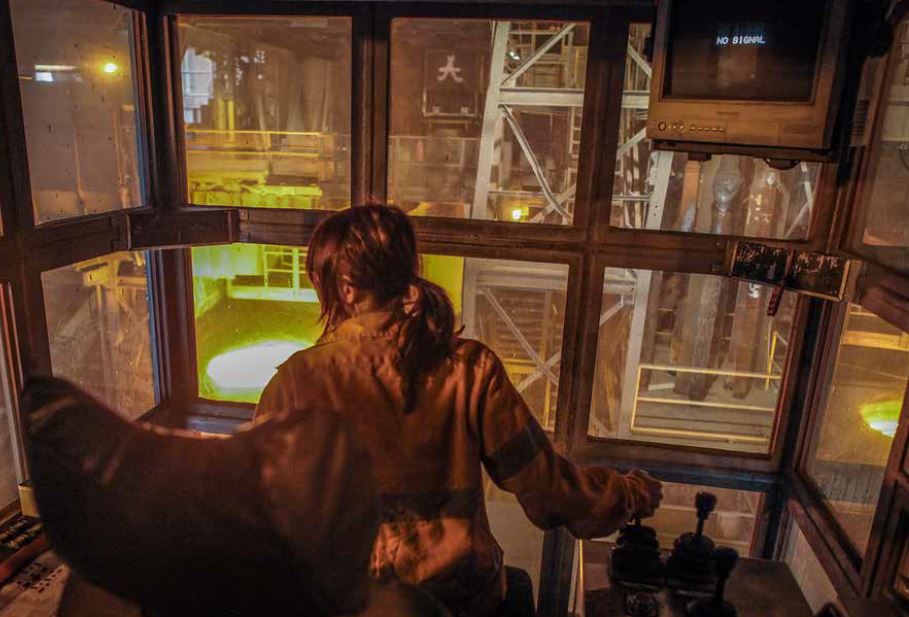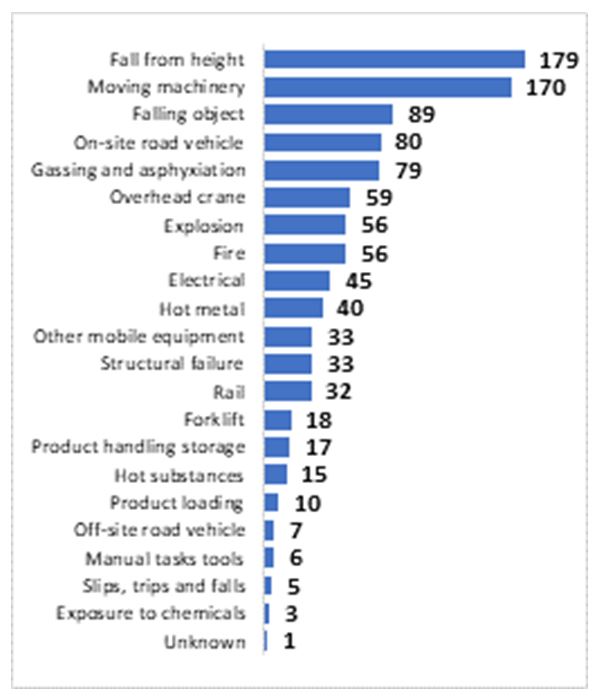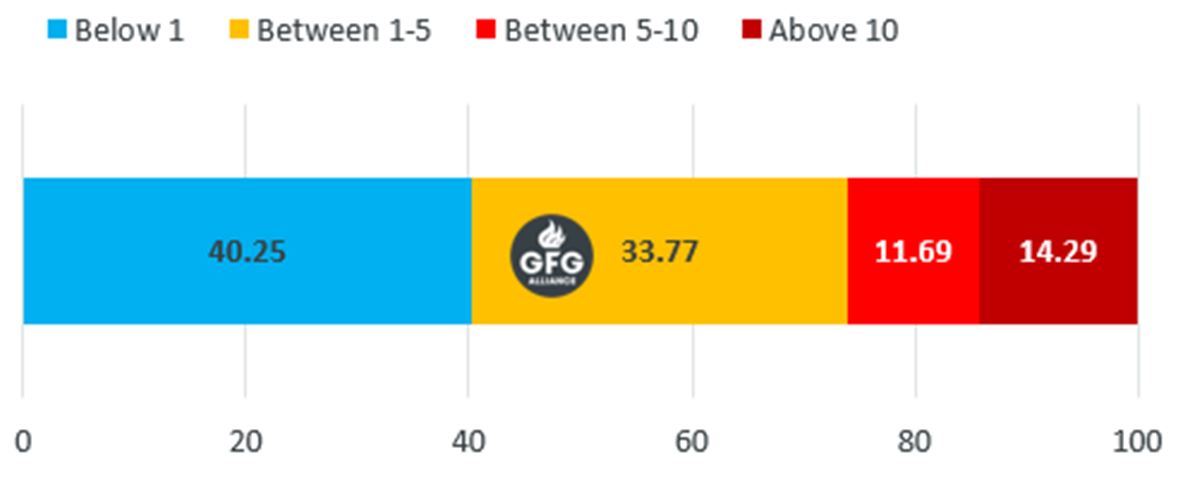USA Expansion
Liberty Steel USA catapults forward with the acquisition of Keystone Consolidated ...

The World Steel Association (WSA) recently published the 2020 safety performance report. The safety statistics for 2020 were derived from data provided by 62 World Steel members, which represent 67% of members and a total of 3,360,000,000 working hours across the world.
Unfortunately, both Fatality Frequency Rate (FFR) and Lost Time Injury Frequency Rate (LTIFR) increased slightly compared to the previous year. 84 fatalities were reported in 2020, compared to 81 in calendar year 2019 which represents an increase of 20% in the frequency rates due to a reduction in working hours reported last year. This frequency rate represents one fatality every 40 million working hours and is an indication of the high inherent risk of our industry.
To put this in perspective, in 2020, GFG completed more than 63 million working hours and since foundation, more than 150 million working hours fatality-free until we had a fatality at Galati in January this year. 29% (24) of the fatalities in 2020 across the WSA were due to falls from height and 15% (13) and 14% (12) related to gassing/asphyxiation and moving machinery, respectively. Contractors are the most vulnerable group with significantly more fatalities compared to employees, with a fatality frequency rate (FFR) of 0.039 versus 0.016 for employees.
The cause of fatalities over the last 10 years remain relatively consistent and are closely related to our GFG Life Savers that were rolled out last year. When we look at these figures, we should be reminded to continue to embed these critical safety behaviours within our workforce around the world.
Graph Title: Causes of Fatalities between 2011- 2020 across the World Steel Association

(Graph above: Fall from height – 179 | Moving machinery – 170 | Falling object – 89 | Onsite road vehicle – 80 | Gassing and asphyxiation – 79 | Overhead crane – 59 | Explosion – 56 | Fire – 56 | Electrical – 45 | Hot metal – 40 | Other mobile equipment – 33 | Structural failure – 33 | Rail – 32 | Forklift – 18 | Product handling storage – 17 | Hob substances – 15 | Product loading – 10 | Offsite road vehicle – 7 | Manual tasks tools – 6 | Slips, trips, and falls – 5 | Exposure to chemicals – 3 | Unknown – 1)
The overall lost time injury frequency rate (LTIFR) has increased by 2.4% to 0.85. LTIFR in Europe remains significantly higher (3.6) than in the other regions, such as Asia Pacific at 0.3. In 2020, the most common causes of lost time injuries were slips, trips and falls, manual tasks and tools, moving machinery, falling objects and falls from height. The main causes of lost time injuries have remained relatively consistent over time.
Our Liberty Steel Group LTIFR in 2020 was 2.2 which placed us within the 50% of the World Steel Association members.
Graph Title: % of companies grouped by LTIFR

(Graph above: Blue – below 1 | Yellow – between 1 and 5 | Red – between 5 and 10 | Dark red – above 10)
Leave A Reply